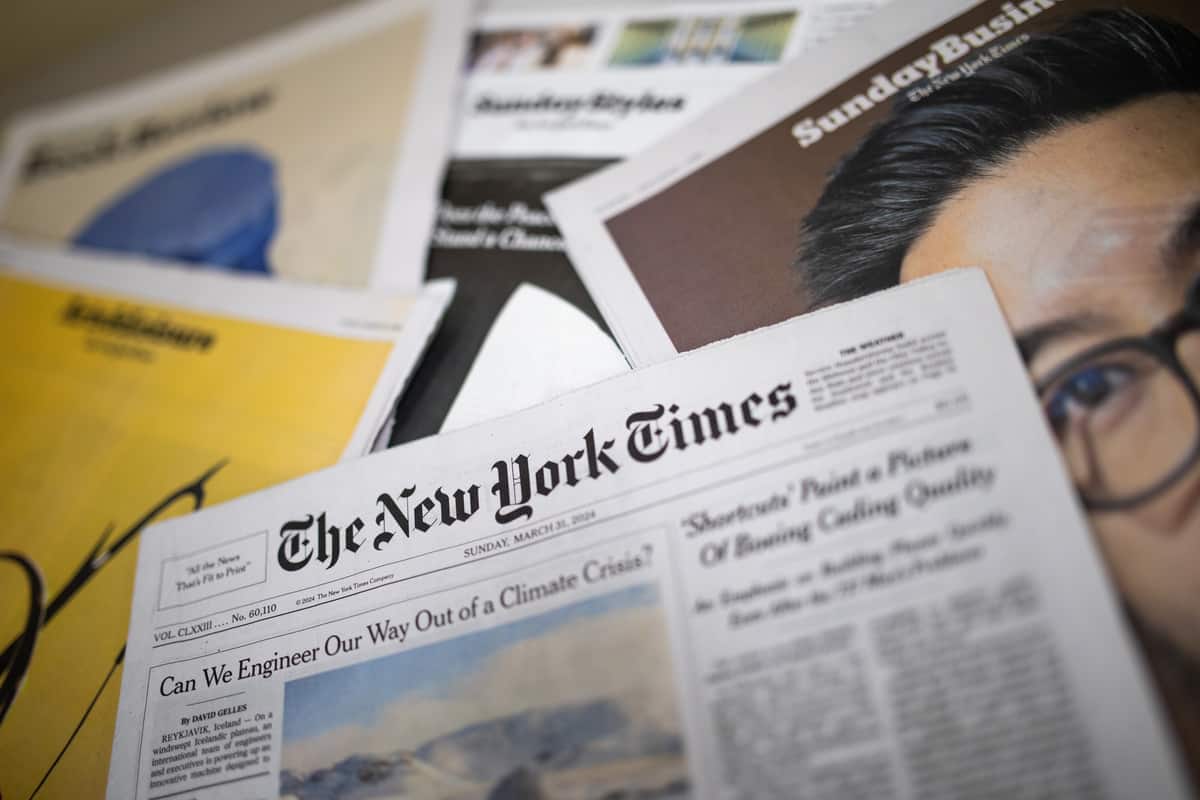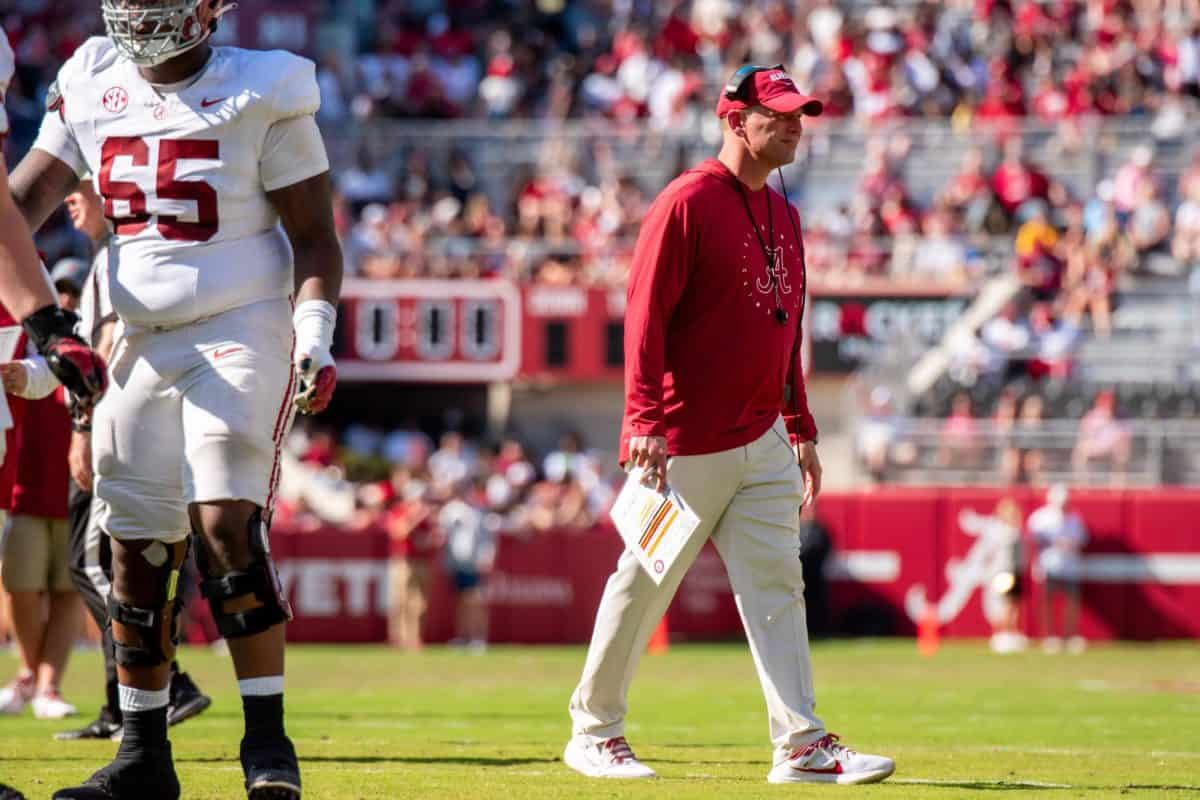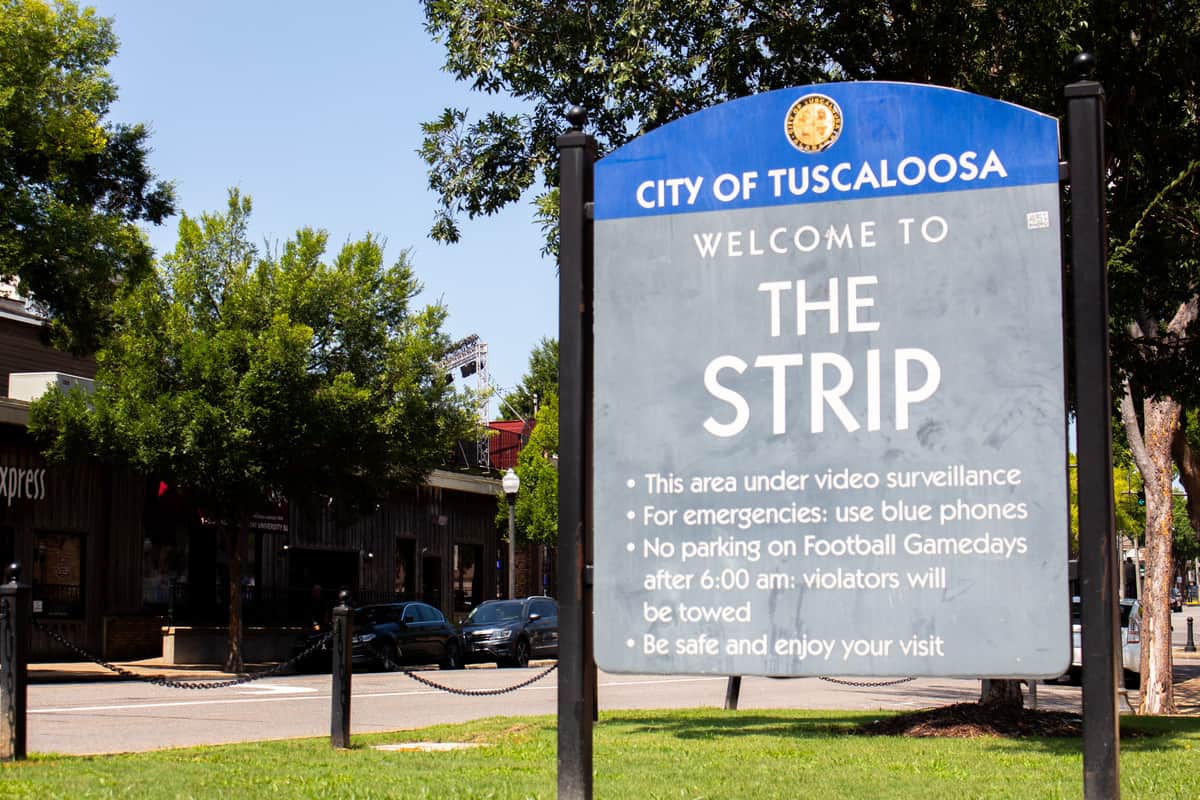Centrally important to the University’s growth for the past several years is its partnership with the City of Tuscaloosa. As mutually beneficial neighbors, each has a stake in the continued improvement of the other. A growing student population and athletic attendance has caused a boom for the downtown area, where shops and restaurants open constantly. Such growth is mirrored on 15th Street and McFarland, where retail and student housing develops rapidly. Mayor Maddox and the Tuscaloosa City Council have led tremendous development since April 2011, stretching into areas like Alberta City, where a newly completed bridge connects the eastern half of town to campus.
Such growth has not come without dilemmas. Structural deficiencies must be addressed for such growth, both on and off campus, to continue. The most glaring of these issues is that thousands of students now reside in the area surrounding campus, yet roads have largely remained unchanged. Looking past the nightmare of post-football game traffic, simply getting home from class in the afternoon drags on as cars cruise barely above idle on Hackberry, Bryant and University. At a school where so many students live off campus, the current system of two-lane streets is barely sufficient to meet vehicular demand. Complicating matters, a major rail line separates campus from everything to the south, restricting traffic to a limited number of crossings that are at the mercy of Norfolk Southern.
Issues will only compound as more housing develops and more vehicles are added to the roads in the future. The city has shown its willingness to improve its roadways, with resurfacing projects occurring along many city streets, and ideally, with road widening considered in the near future where feasible. In a more long-term approach, attention must be given to rail crossings, particularly those on Hackberry Lane and 10th Avenue.. Alongside the university and railroad management, the City of Tuscaloosa should research the development of better crossing methods, more in line with other similarly sized cities, where major bisectors of town are rarely cut off by hourly trains.
Tuscaloosa and the University are, together, a beautiful and inspiring place. As I have grown as a student, both have also grown to become better than I could have imagined as a high school senior. With proper planning and the development of city roads, campus and community growth can be met with the transportation capabilities of a fully developed mid-sized city. The University of Alabama has high aspirations, and the City of Tuscaloosa is its best ally in making those aspirations a feasible reality.
Hunter Richey is a junior majoring in economics and political science. His column runs biweekly.






